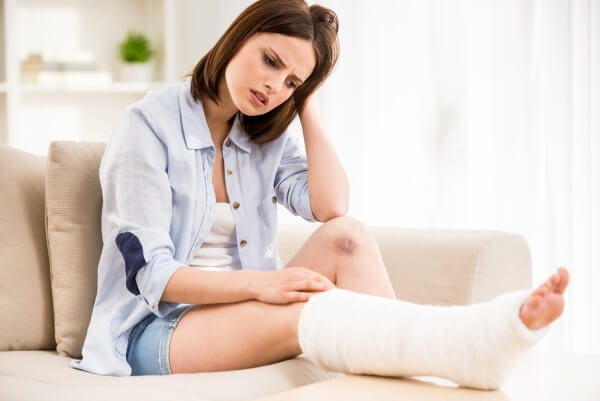If you do not personally know someone who has suffered a serious injury at work, then your mental image of on-the-job injuries probably fits the media stereotype. You probably imagine that the injured worker is a young man who works in a job that includes heavy lifting and walking on slippery surfaces. For example, you might imagine that he works at a construction site, loading dock, or warehouse. If you include occupational diseases in the definition of work injuries, then perhaps you think of a middle-aged man diagnosed with mesothelioma near the end of a career spent renovating buildings constructed with asbestos.
It is true that constructions, docks, and warehouses have high rates of injury and that young men are disproportionately represented in these jobs. Likewise, the recognition of the legal rights of people with occupational diseases like mesothelioma is an important development. These cases do not tell the whole story, though. Each year, many thousands of women suffer from workplace injuries and occupational diseases, and these women represent a wide range of professions. Whatever your gender, you should consult a St. Louis workers’ compensation lawyer as soon as possible after your injury or diagnosis, before you sign to accept a settlement offer.
Common Causes of Work Injuries Among Women
According to 2014 data from the United States Department of Labor, the nature of injuries suffered by women on the job usually does not differ from men’s work injuries. Many women get injured in slip and fall accidents or because of malfunctioning factory equipment. Among women who drive for a living, car accidents are a major source of work injuries. Needlestick injuries are a common work injury among nurses and medical assistants; the majority of workers in these professions are women. Musculoskeletal disorders like tendonitis and carpal tunnel syndrome are more common in workers’ compensation cases involving women than in those involving men. These injuries are common in women who must do repetitive manual work in factories, especially in industries such as clothing manufacturing or food processing.
Social Factors That Influence Women’s Work Injuries
Each year, many women suffer occupational diseases that develop slowly over time. According to a study published by the Colorado School of Public Health, many of these women continue to endure unhealthy working conditions because they fear that if they complain or request better working conditions, they will lose the jobs on which they depend financially. Mental illnesses like clinical anxiety and post-traumatic stress disorder are well represented among women’s occupational diseases. They are especially common among women who experience harassment and bullying by work supervisors and are afraid to speak out about it.
Contact Walton Telken Injury Attorneys About Workers’ Compensation Cases
Workplace injuries can happen to anyone, and the meager amounts of compensation offered by workers’ compensation are not your only option. Contact Walton Telken Injury Attorneys in the Evansville, Illinois area for a legal consultation to see if you should file a lawsuit in relation to a workplace injury or occupational disease.












